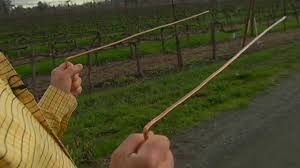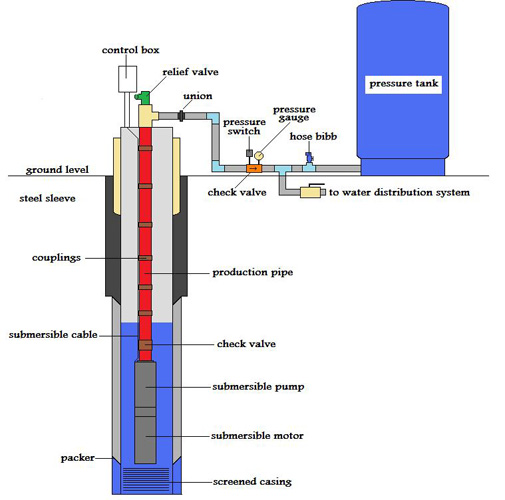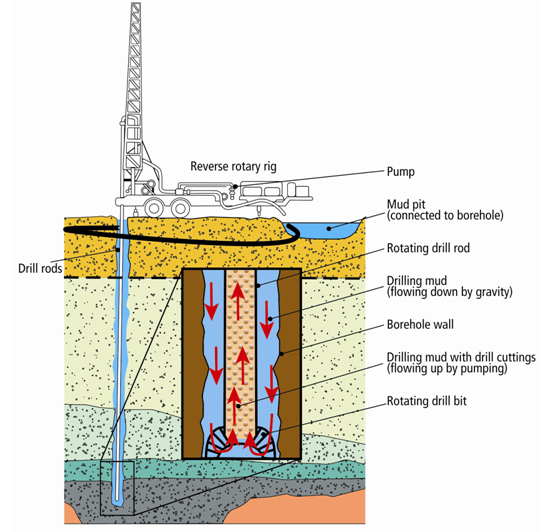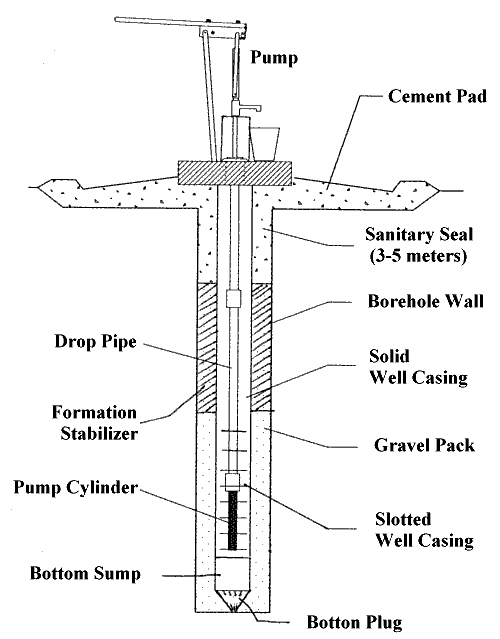

Well Construction
Home > Well Construction
First the sanitary seal is installed.
- Health code, all that is needed is 20 feet.
- Sanitary seal prevents pollutants from entering you well.
There are 3 basic drilling constructions for wells:
1) Rotary Drilling.
For drilling into hard rock. In a homogenous (hard rock) zone the integrity of the well wall holds itself and you do not need additional sleeving to protect the pump. The well wall will not slough off and bury the pump reducing the gpm output flow.
2) Mud Drilling.
For drilling into a desert type sedimentary zones. When drilling rotary, into hard rock, you may encounter a unconsolidated zone 20 feet in vertical depth or more of sand, dirt, clay or a combination, that is falling into the well Than you have to switch to mud drilling.
The well hole water is converted into thick consistency called mud. This consistency has the lateral pressure to hold the unconsolidated zone in place as you deepen the well hole.
3) Case & Advance Drilling.
Not the same as mud drilling. When rotary drilling encounters an unconsolidated zone that is either gravel or larger (rocks and boulders), you need to switch to Case & Advance drilling.
As the drilling bit advances, cutting out the hole, behind the bit is steel casing that falls (advances) behind the drill bit. The metal casing holds back the heavy pressure of gravel and rocks that mud drilling cannot accomplish.
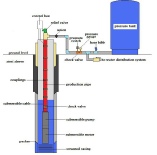
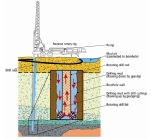
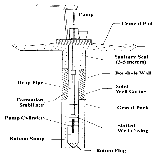
| Home |
| Water Locating Services |
| Well Construction |
| Free Well |
| Services |
| Radar Water Geophysics |
| Water Witching |
| Electro Seismic (eks) |
| Resistivity |
| Gravel Pack |
| Drillers |
| San Diego Drillers |
| Riverside Drillers |
| Wilkerson Drilling |
| Stehly Drilling |
| Fain Drilling |
| Thing Drilling |
| Manos Drilling |
| Acme Drilling |
| Aspin Drilling |
| Warden Drilling |
| AAA Drilling |
| De Chenne |
| LO Lynch Drilling |
| Rancho Water Wells |
| Trick Of The Trade |
| Water Witching |
| Electro Seismic (eks) |
| Water Witching |
| Electro Seismic |
| Contract |
| Contract Analyzed |





